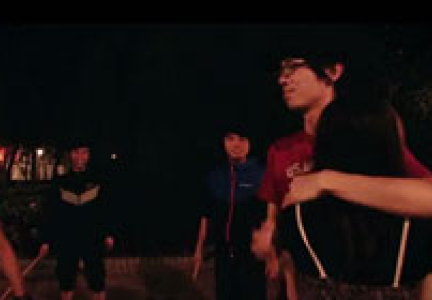Bullying, Violence and Gangs
Possession of offensive weapon in public place
Possession of offensive weapon in public place is an offence contrary to Section 33 of the Public Order Ordinance (Chapter 245). Section 33 makes it an offence for any person to have an offensive weapon with them in a public place without lawful authority or reasonable excuse. The objective of this offence is to prevent offensive weapons being brought into public places. An "offensive weapon" is any article made, or adapted for use, or suitable, for causing injury to the person, or intended by the person having it in their possession or under their control for such use by them or by some other person. A "public place" is any place to which for the time being the public or any section of the public are entitled or permitted to have access, whether on payment or otherwise. The emphasis is on the possession of an offensive weapon: there is no need for the weapon to have been used to commit any offence. Whether or not the item in question is an offensive weapon is a question of fact. What is, or is not lawful authority or reasonable excuse depends upon the circumstances of each case and why the defendant had that item in the public place at the particular time. An excuse such as carrying the weapon in case I was attacked is neither lawful authority nor reasonable excuse. Courts have a limited sentencing discretion under Section 33. A person convicted under Section 33 shall (which means “must”):
- if under 14 years of age be dealt with in accordance with the provisions of the Juvenile Offenders Ordinance (Chapter 226);
- if not less than 14 years of age and under 17 years of age be sentenced either to imprisonment for not more than 3 years, or to a Detention Centre or to a Training Centre or to a Rehabilitation Centre;
- if not less than 17 years of age and under 25 years of age be sentenced either to imprisonment for not more than 3 years or to a Detention Centre or to a Rehabilitation Centre;
- if aged 25 years or more be sentenced to imprisonment for not more than 3 years.

